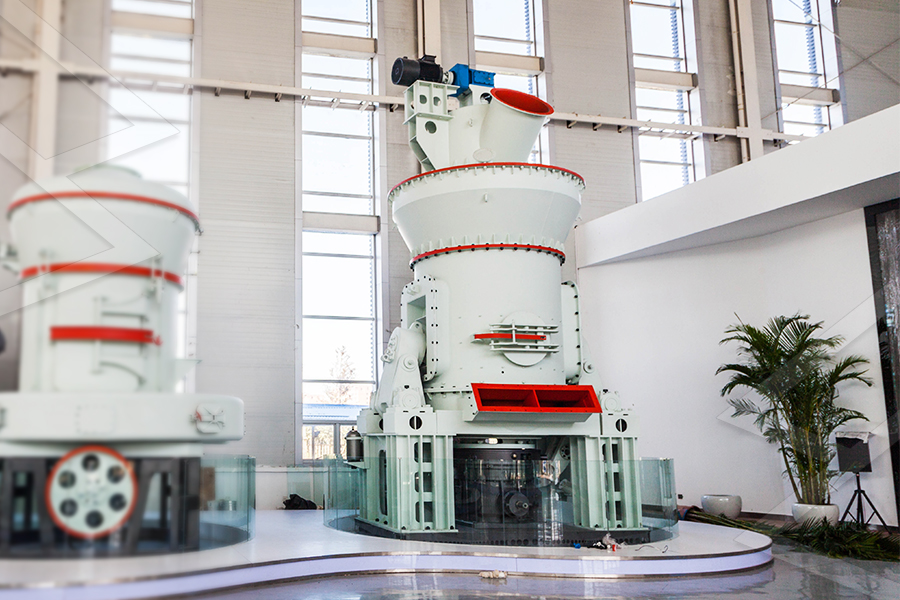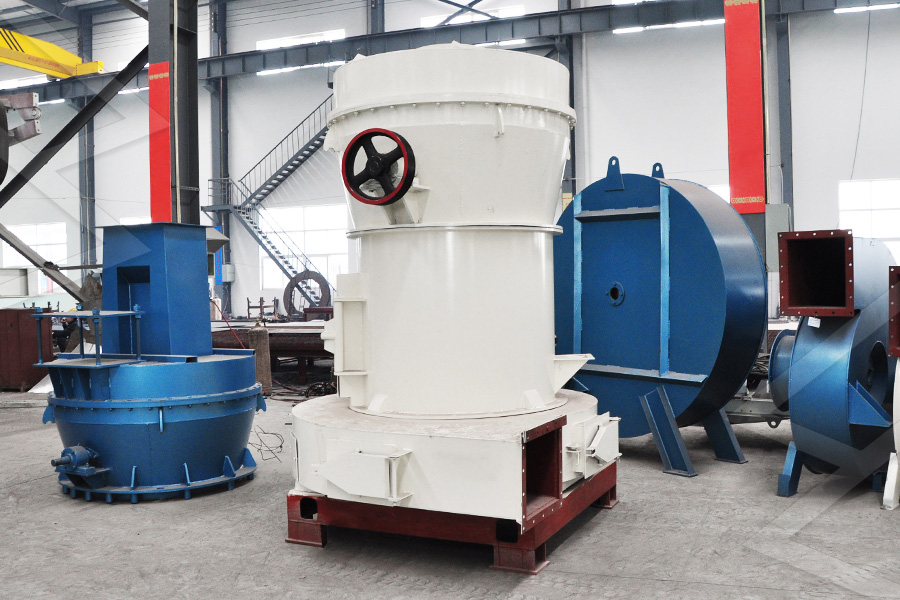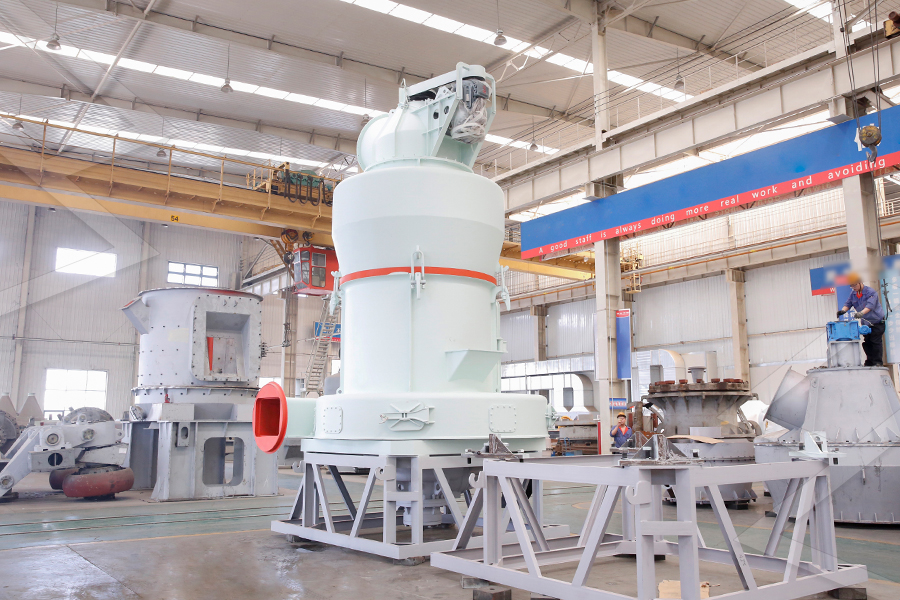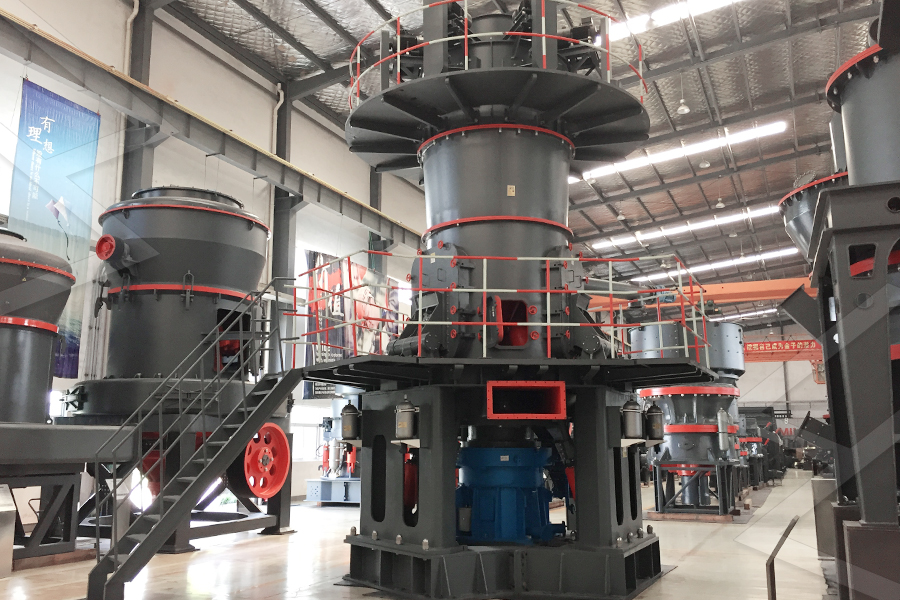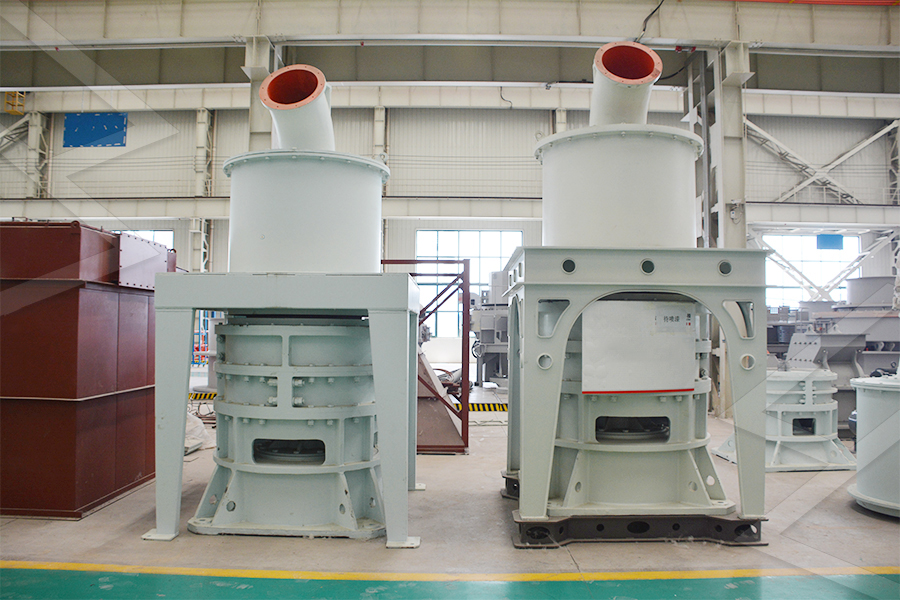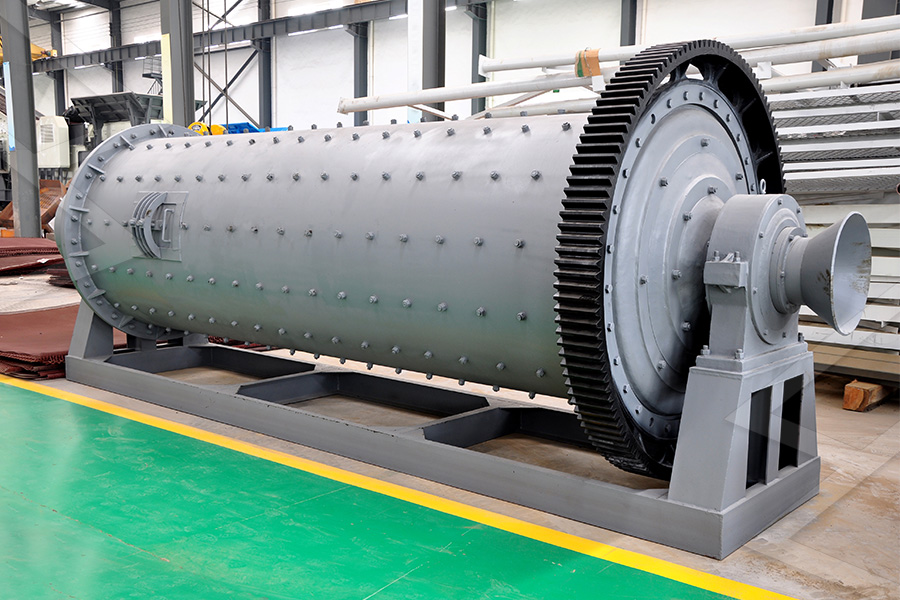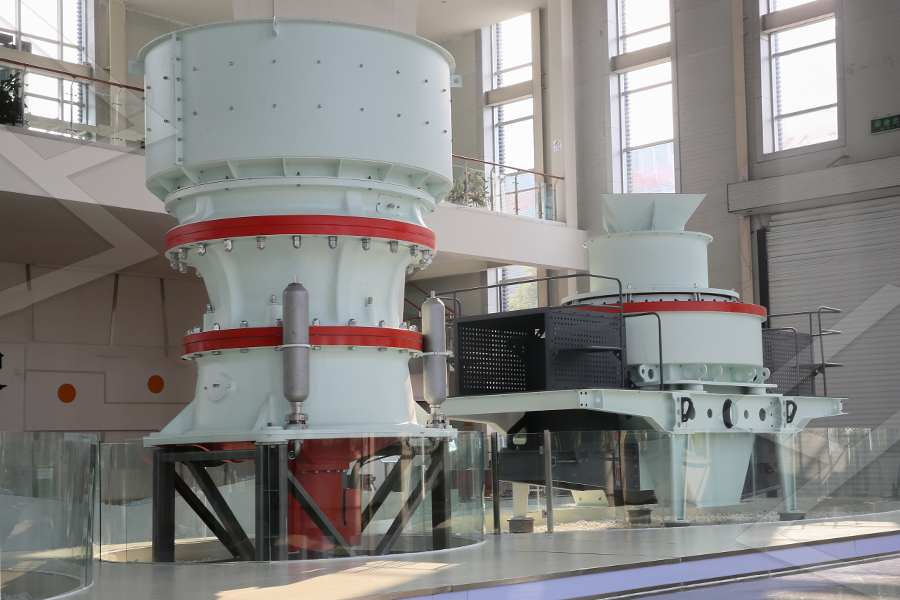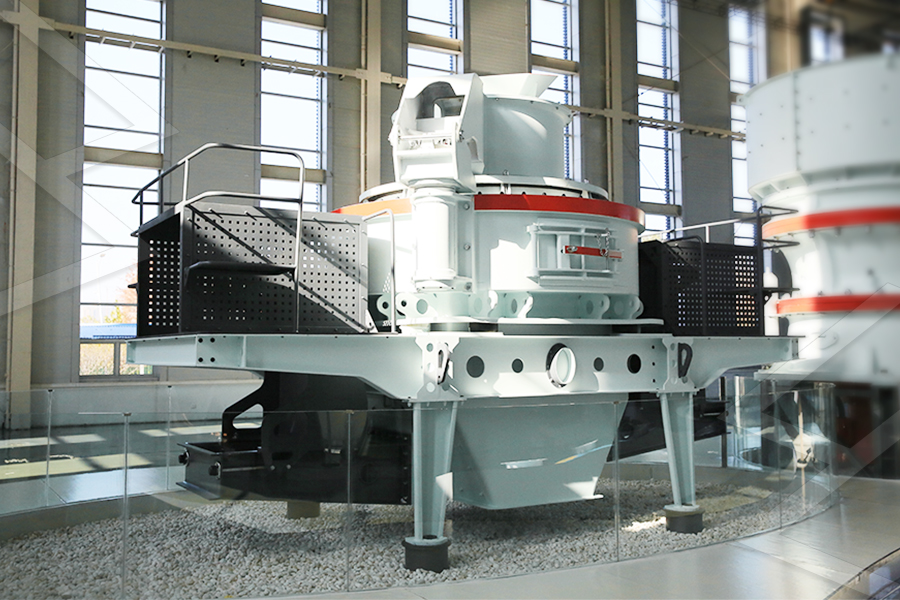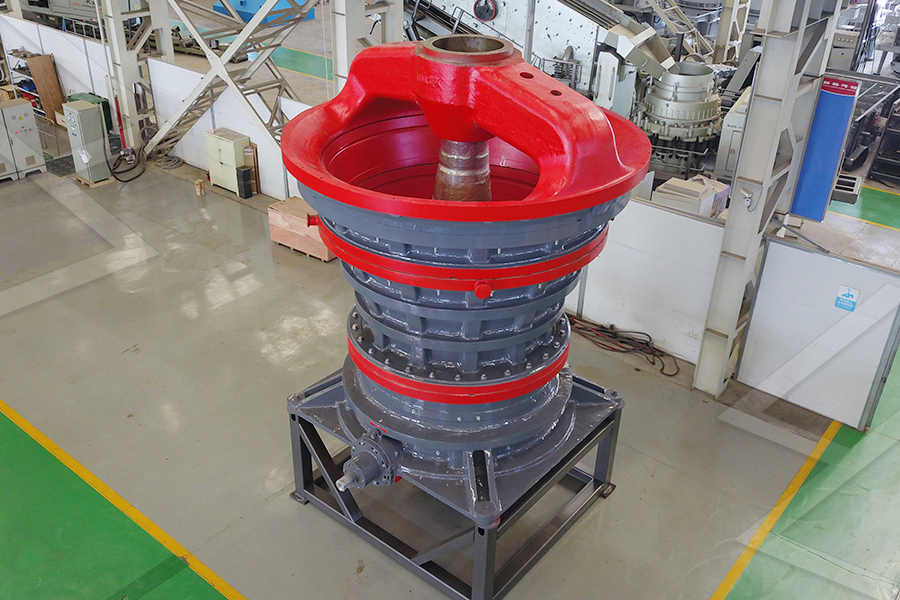Large-Scale Limestone Grinding Project for Cement Production (25 TPH, 150 Mesh)
Limestone, as one of the most abundant non-metallic minerals globally, plays a pivotal role in the construction industry—especially as a core raw material for cement manufacturing. This article focuses on a large-scale limestone grinding project located in Shandong Province, China, designed to support a nearby cement plant with a production capacity of 25 tons per hour (TPH) and an output fineness of 150 mesh. The project not only addresses the cement plant’s demand for high-quality limestone powder but also sets a benchmark for energy-efficient and environmentally friendly mineral processing in the region.
Project Overview
The project was commissioned in 2024 by a leading cement manufacturer aiming to reduce reliance on external limestone powder suppliers and lower production costs. The raw limestone used in the project is sourced locally, with a calcium carbonate (CaCO₃) content of over 92% and a moisture content of less than 3%—ideal for dry grinding processes. The target output fineness of 150 mesh was determined based on the cement plant’s formula requirements: finer particles (150 mesh) ensure better reactivity with clinker during cement hydration, improving the final product’s compressive strength and setting time.
Process Flow Design
The grinding line follows a systematic dry processing route, starting with raw material pretreatment. Raw limestone blocks (with a maximum particle size of 500mm) are first fed into a jaw crusher, which reduces them to 50-80mm particles. This primary crushing step is critical to prevent overloading the subsequent grinding equipment. The crushed limestone is then conveyed to a vibrating screen for classification: particles larger than 80mm are recycled back to the jaw crusher, while those within the 50-80mm range are sent to a secondary cone crusher, further reducing the particle size to 10-20mm. This two-stage crushing process ensures uniform feed size for the grinding mill, optimizing efficiency.
